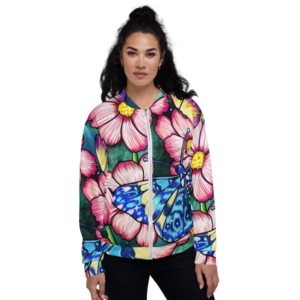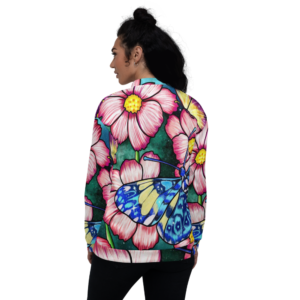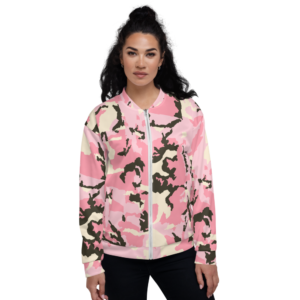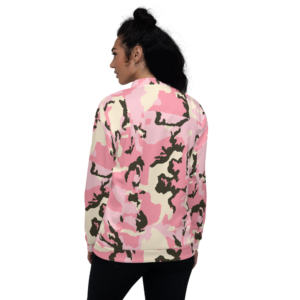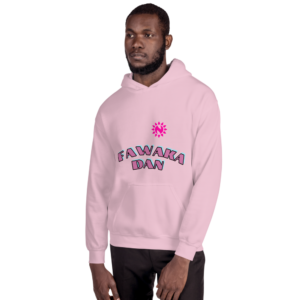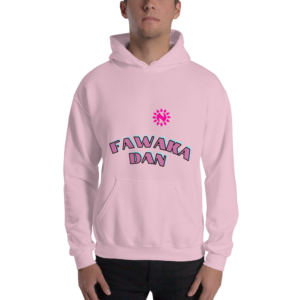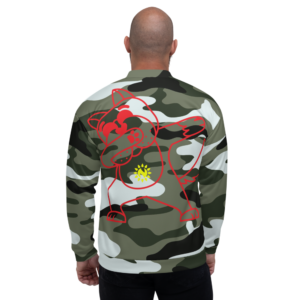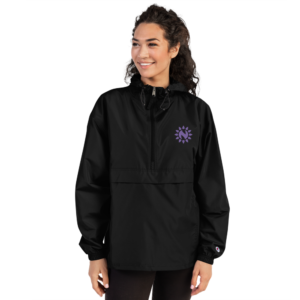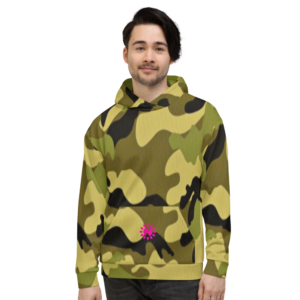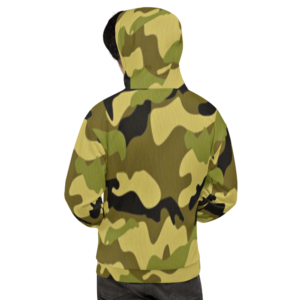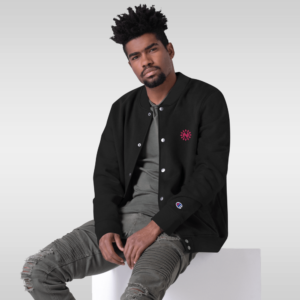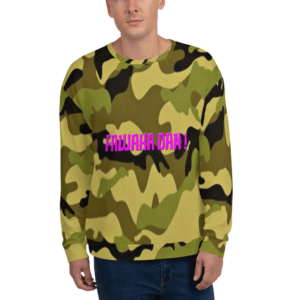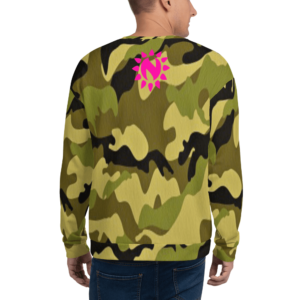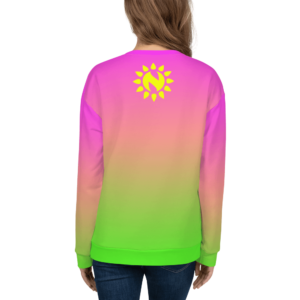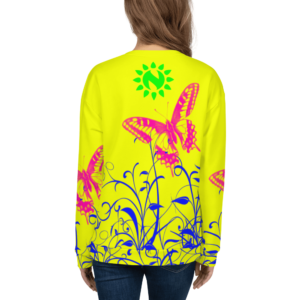Hooded garments have been a documented part of men’s and women’s wear for centuries. The word hood derives from the Anglo-Saxon word hōd, ultimately of the same root as English hat. The garment’s style and form can be traced back to Medieval Europe when the normal clothing for monks included a hood called a cowl attached to a tunic or robes, and a chaperon or hooded cape was very commonly worn by any outdoors worker. Its appearance was known in England at least as early as the 12th century, possibly an import with the Norman conquest of England, as the capa was “a short hooded cloak which was common in Normandy.” The hooded sweatshirt was first produced in the United States starting in the 1930s. The modern clothing style was first produced by Champion in the 1930s and marketed to laborers working in freezing temperatures in upstate New York. The term hoodie entered popular usage in the 1990s.
The hoodie took off in the 1970s, with several factors contributing to its success. Hip hop culture developed in New York City around this time, and high fashion also contributed during this era, as Norma Kamali and other high-profile designers embraced and glamorized the new clothing. Most critical to the hoodie’s popularity during this time was its iconic appearance in the blockbuster Rocky film.[citation needed] At the same time, hoodies started emerging in the Geek culture when Mark LoGiurato introduced them at companies such as the Software Bottling Company. The rise of hoodies with university logos began around this time.
By the 1990s, the hoodie had evolved into a symbol of isolation, a statement of academic spirit,[citation needed] and several fashion collections.[citation needed] The association with chavs or neds in the UK developed around this time, as their popularity rose with that specific demographic.[citation needed] Young men, often skateboarders or surfers, sported the hoodie and spread the trend across the western United States, most significantly in California. Tommy Hilfiger, Giorgio Armani, and Ralph Lauren, for example, used the hoodie as the primary component for many of their collections in the 1990s. A crystal-studded hoodie made by rapper Sean “Diddy” Combs was acquired by the Victoria & Albert Museum in London.
-
Hoodies
Unisex Bomber Jacket FlowerMood
€93.00 – €95.00Select options This product has multiple variants. The options may be chosen on the product pageQuick View -
Hoodies
Unisex Bomber Jacket Pink Army
€93.00 – €95.00Select options This product has multiple variants. The options may be chosen on the product pageQuick View -
Hoodies
Unisex Hoodie red fawaka dan
€42.50Select options This product has multiple variants. The options may be chosen on the product pageQuick View -
Hoodies
Unisex Hoodie Pink Fawaka dan
€53.00Select options This product has multiple variants. The options may be chosen on the product pageQuick View -
Hoodies
Unisex Bomber Jacket army with dog
€73.00Select options This product has multiple variants. The options may be chosen on the product pageQuick View -
Hoodies
Embroidered Champion Packable Jacket Black
€54.50 – €57.00Select options This product has multiple variants. The options may be chosen on the product pageQuick View -
Hoodies
Unisex Hoodie army color with pink logo
€66.50 – €68.50Select options This product has multiple variants. The options may be chosen on the product pageQuick View -
Hoodies
Unisex Hoodie Pink with black logo
€71.50 – €73.50Select options This product has multiple variants. The options may be chosen on the product pageQuick View -
Hoodies
Embroidered Champion Bomber Jacket with pink logo
€86.50 – €94.00Select options This product has multiple variants. The options may be chosen on the product pageQuick View -
Hoodies
Army sweater _ Fawaka Dan Unisex Sweatshirt
€52.00Select options This product has multiple variants. The options may be chosen on the product pageQuick View -
Hoodies
SWEATSHIRT MULTI COLOUR
€62.00Select options This product has multiple variants. The options may be chosen on the product pageQuick View -
Hoodies
Sweatshirt Flowers Yellow with blue butterfly
€58.00Select options This product has multiple variants. The options may be chosen on the product pageQuick View
